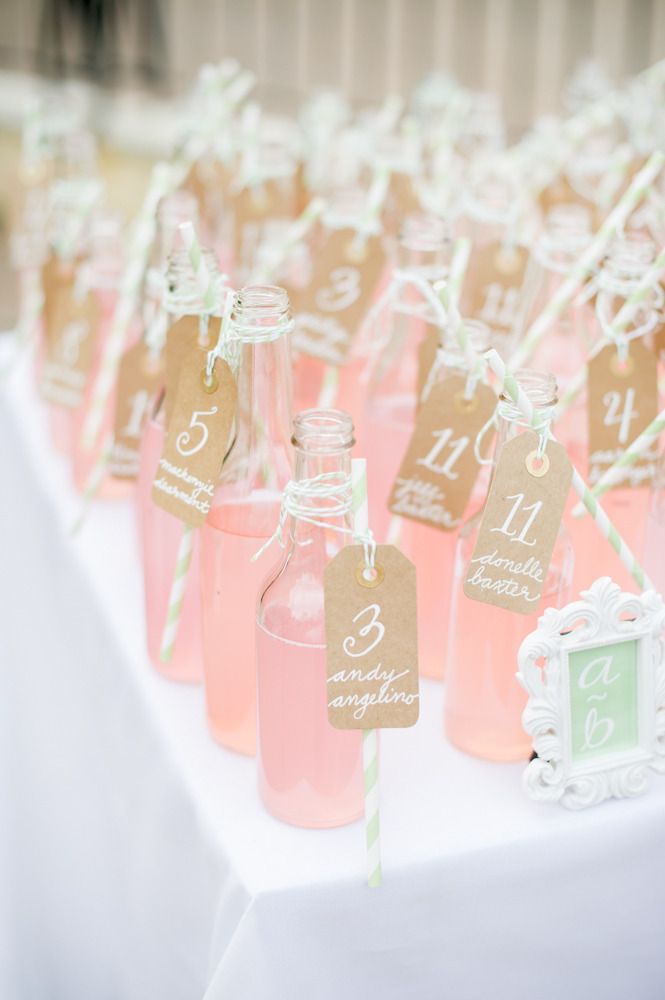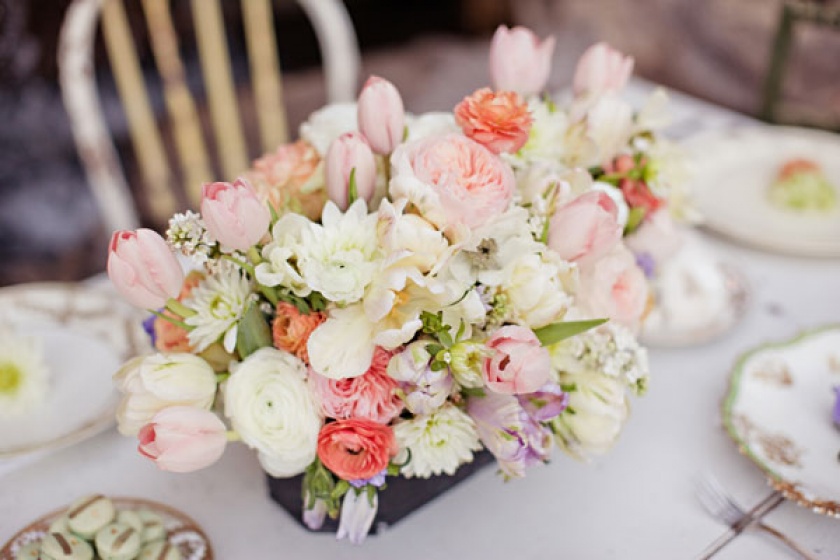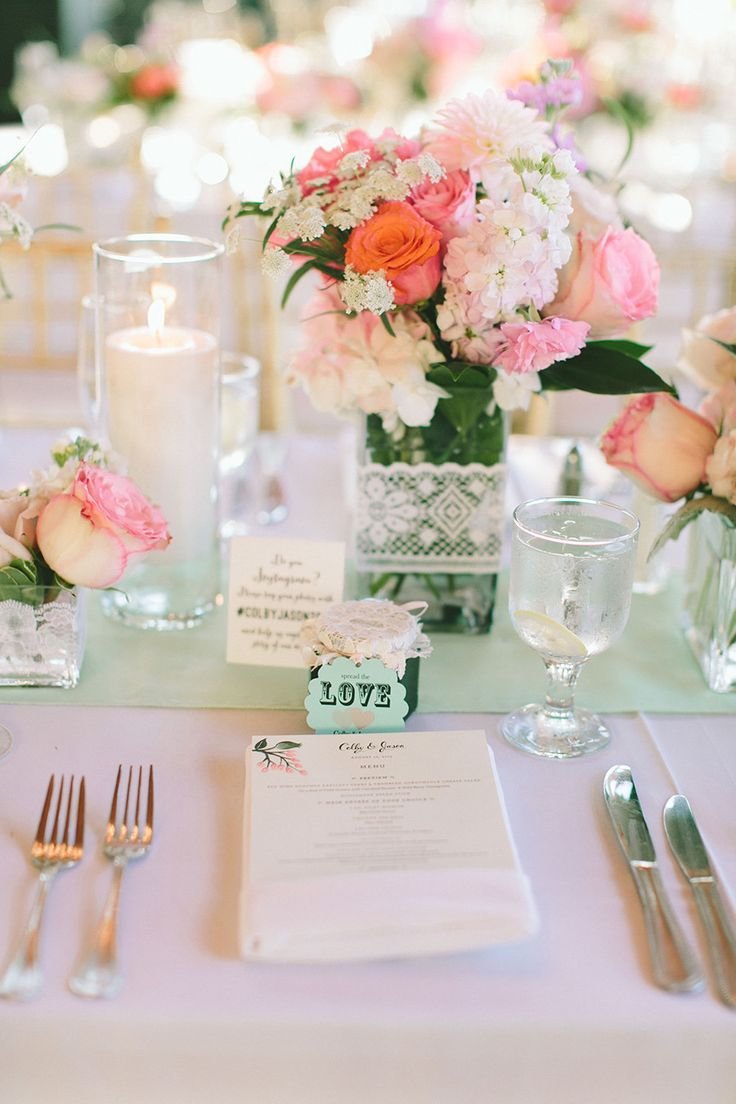Once you’ve actually completed the painstaking task of making the guest list, another headache awaits you: putting those guests into your table plan. Many couples will naively think, “It won’t be that hard for us, we already have an idea about groups and families.” But soon, you will see some unfinished tables, a lot of stragglers and entire groups that you now have to split up because you ran out of whole tables. Don’t worry, we have some helpful hints on how to get through the table plan in a logical way to minimise your stress levels.

Top table planner
First things first: Get Top Table Planner. No matter how long you spend thinking your table plan through before you put pen to paper, there will be changes, changes and more changes. Top Table Planner simply lets you choose your table shape and size, import your guest list and drag and drop until you’re happy.
Get on it ASAP
It’s tempting to put it on the long finger, but it’s better to start thinking about your table plan as soon as you send out your invites. This will save you guessing who will and won’t come and planning for eventualities that are essentially just guess work. Then you can wait for declining RSVPs to arrive before you start rearranging.

Top table plan
The first table you should decide on is your top table. Will it just be you and your bridal party, or will it include your parents? Where will your siblings be? It’s important to decide on your top table plan, followed closely by the next one or two, to be taken by any immediate family or remaining bridal party that didn’t make the top table.
Split big groups
Mix and match the bigger groups of people. You might have a table of eight, with eight aunts and uncles that all know each other. But to save yourself from getting down to the individual guests, singletons or standalone couples with no two seats left together, it’s better to create smaller groups of twos and threes.
Half-fill your tables
Once you split your guest lists into twos, threes and maybe fours, start ‘half filling’ tables, going outwards from your own table. Traditionally, family and friends closest to the bride and groom will be physically closest in the table plan. Go for groups who you have a good idea about how ‘close’ they should be to you. When you get to the back, you can go back and see who’s left.
Best guests
Now it’s time to think about who will get on well together, or rather who won’t get on well. We all have those guests who will be attending the wedding but aren’t necessarily the easiest to get on with, especially when you first meet them. Place the more, ahem, ‘difficult’ guests first, and continue in ascending order until you get to your most easy-going guests. Chances are, you will be out of options but they’ll be happy with whatever that may be.

Older guests
Don’t place elderly relatives too far back, especially if they’re hard of hearing or have vision difficulties. They need to be able to see and hear the top table especially for announcements and speeches. If your tables are going to be planted on what will later become the dance floor, place younger people on these tables. That way, you won’t be shoving your older relatives out of their seats making it more likely that the dance floor will be hopping with your friends, who you’ve no doubt warned not to let the dance floor go empty.
- Jenny Darmody
Image credits: Lemonade place cards: L. Hewitt Photography via Style Me Pretty | Floral centrepiece: Sweet Peas Floral | Butterfly: Blueberry Photography via Style Me Pretty | Strawberry place card: Sarah Gormley Photography via Wedding Chicks | Table setting: Maggie Harkov

